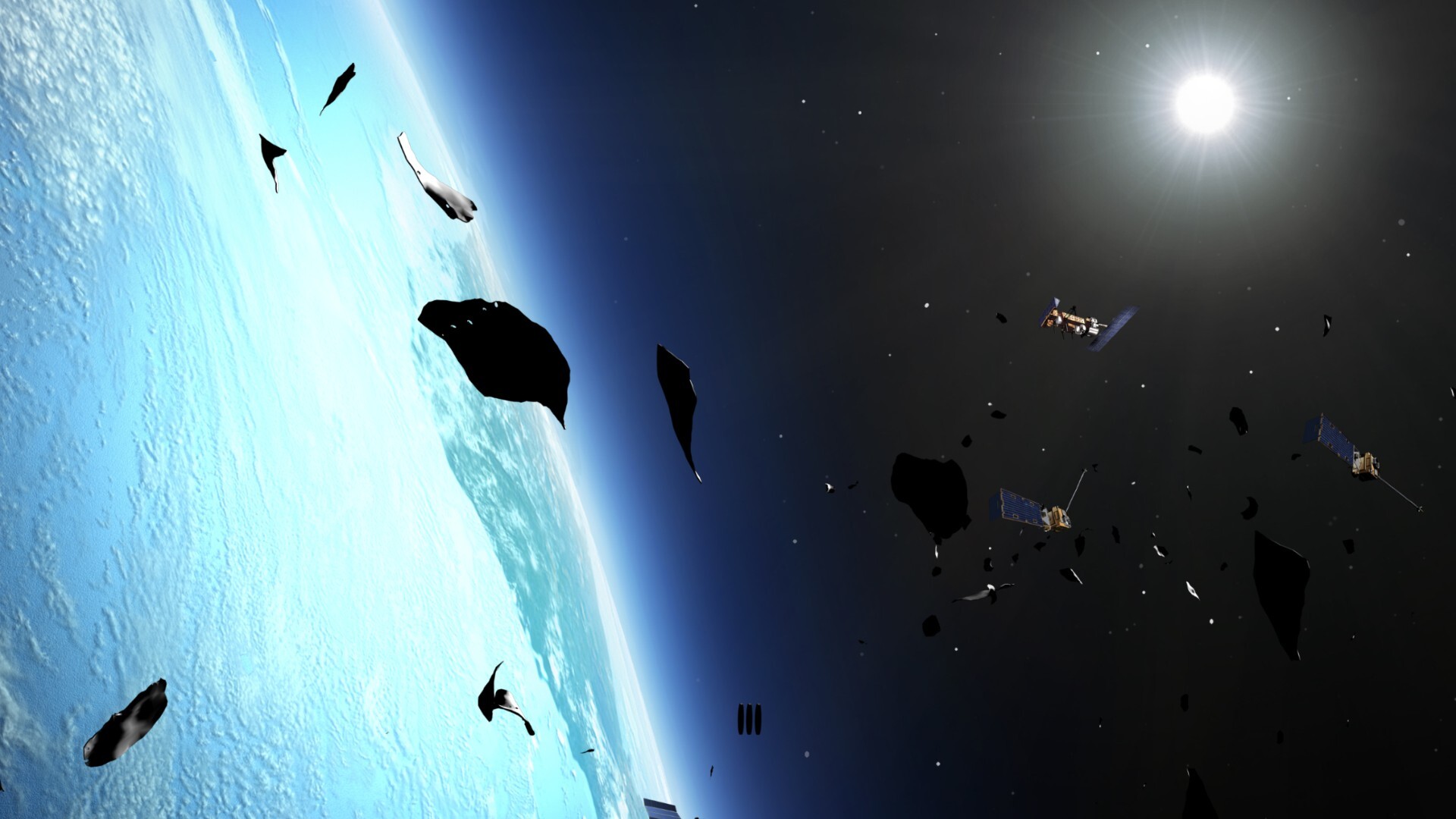China's Space Aims Strong Despite Lunar Challenges, Expert Says
LEAGUECITY, TX - China's space program is about three decades from landing astronautson the Moon, but will make significant strides during that time, according toone expert following the nation's human spaceflight efforts.
"They'reprobably as close to the Moon as we are to Mars," space policy expert JamesLewis said of China Wednesday during the annual meetinghere of the American Astronautical Society (AAS). "They say that their goal isa lunar base...[but] it's not a near-term possibility."
Lewis,a senior fellow and director of technology policy at the Center for Strategicand International Studies, said China's lack of a sufficient heavy-lift launchvehicle will require the nation to wait until the development of its Long March6 rocket - which will follow the yet-to-be completed LongMarch 5 booster - before a manned lunar flight can take place.
Atleast three more missions are expected to follow China's successful Shenzhou6 spaceflight - the country's second flight to carry astronauts and itsfirst to launch a two-person crew - which flew in October. Shenzhou7 is slated to launchthree astronauts in 2007, with two more to flights expected before thecountry's Shenzhou 10 mission delivers astronauts to a pair of linked orbitalmodules from Shenzhou 8 and 9 by 2012, Lewis said.
"Thesecapsules, if they do link up, will form a space lab," Lewis said. "[China's]goal is to build a permanent space station."
China'sShenzhou spacecraft are based on the Russian Soyuz vehicle and consist of apropulsion module, a crew compartment and an orbital module. But the Shenzhouversion is larger and can leave its orbital module - which carries its ownsolar arrays and maneuvering jets - in space for extended periods.
Thefact that China selected a Soyuz model - which Russia routinely uses to ferrynew crews to the International Space Station (ISS) -for its Shenzhou spacecraftcould indicate some foresight of future international cooperation, though near-termpartnerships with the U.S. would be difficult due to current political climate,Lewis said.
Breaking space news, the latest updates on rocket launches, skywatching events and more!
"Chinais interested in its independent program and not in being a junior partner,"Lewis said, adding that there are also security concerns due to the militarycomponent of China's space program.
Shenzhouspacecraft launch atop a Long March 2F rocket, though China space officialshave said that future Long March 5 boosters could launch up to 28 tons intoorbit with a lifting power comparable to Europe's Ariane5 vehicle, he added.
ButChina's manned expeditions are only part of its spaceflight ambitions to winnational prestige and demonstrate technological prowess.
TheChina National Space Administration plans to launch its first Moon probe - dubbedChang'e 1 - in 2006, with landers and sample return spacecraft to follow by2020. The initial Chang'e lunar orbiter will fly on a modified version of aChinese commercial communications satellite, indicating a smooth flow oftechnology between commercial and research space industry, Lewis added.
WhileChinese space officials have said the Shenzhou 6 mission cost about $110million - relatively cheap when compared to other national space programs -Lewis said it's possible the flight cost up to three times that based on pastunderstatements of the nation's spaceflight costs.
However,China does spend about one-half of 1 percent of its gross domestic product(GDP) on its space program, and since the nation's GDP has risen 30 percentsince 2002 due to a booming economy, more funding is expected
"Theywill have a lot more money and are willing to spend it," Lewis said. "It's goingto be a well-funded program."
- Special Report: Emerging China, Engaging China
- Shenzhou Rising: Complete Coverage of China's Second Manned Spaceflight
- Making History: China's First Human Spaceflight

Tariq is the award-winning Editor-in-Chief of Space.com and joined the team in 2001. He covers human spaceflight, as well as skywatching and entertainment. He became Space.com's Editor-in-Chief in 2019. Before joining Space.com, Tariq was a staff reporter for The Los Angeles Times covering education and city beats in La Habra, Fullerton and Huntington Beach. He's a recipient of the 2022 Harry Kolcum Award for excellence in space reporting and the 2025 Space Pioneer Award from the National Space Society. He is an Eagle Scout and Space Camp alum with journalism degrees from the USC and NYU. You can find Tariq at Space.com and as the co-host to the This Week In Space podcast on the TWiT network. To see his latest project, you can follow Tariq on Twitter @tariqjmalik.
